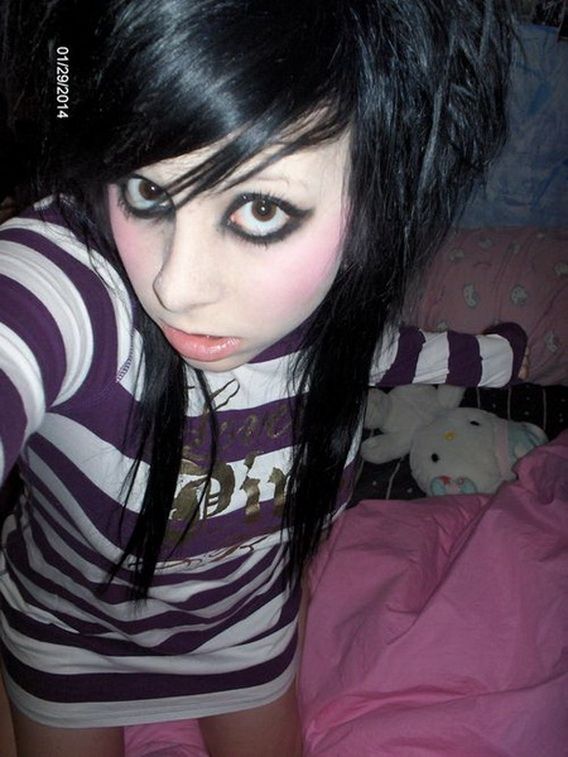Underrated Ideas Of Info About How Did Emo Become Wedding Hairstyles For A Headband Beil

How emo fashion has evolved—from 1987 to the present.
How did emo become emo. Those youth who are called emos provide a dramatic example of the type of subcultural group that has both raised concern and influenced mainstream fashions. Emo is a subculture that is based around music. Started out only punk kids and hipsters knew what emo was.
But how did we get here? Then short for “emotional hardcore,” emo was used to describe hardcore bands who wanted to introduce longer song structures, dynamic shifts, and personal lyrics to their sound. Some say we’re currently experiencing an emo revival of sorts (spin), while others argue that it never went away in the first place (noisey).
The “emo” subculture, characterized by its emphasis on emotional expression and introspection, emerged prominently in the early 2000s, influencing music, fashion, and the psyche of its young…. You can skip ahead if you already know all this, but just in case some people either didn't know, forgot, or just want to hear it from a different perspective, here's a quick recap of the history of emo from the 80's to the 2000's. Amid controversy, great suffering and obsession, they pulled it off.
In recent years, emo has become more mainstream, but it still retains its subversive and countercultural roots. I was there from the beginning of the boom. As the 1990s rolled in, emo culture began to expand, adopting fashion, aesthetic, and attitude traits.
Funnily enough, the first band i ever heard referred to as emo was bright eyes. The first bands i remember getting mainstream success off the word was jimmy eat world and dashboard. Clearly, emo was still impossible to pin down to an actual sound.
How does a little kid know about emo, and when exactly did emo become. Being emo means you understand your roots, listen to emo music, and participate in the community. Let's start by reminding ourselves of what defines each wave of emo.
Chief among them were jawbreaker and sunny day real estate, who inspired cult followings, redefined emo and brought it a step closer to the mainstream. The term “emo” is short for “emotional hardcore,” and it originally referred to a type of punk rock music that was characterized by its emotional intensity and introspective lyrics. While the precise origins of the term are debated, grillo (2008) states:
Emo began to coalesce, with city scenes forming a national scene in the late ’90s in what’s become known as emo’s “second wave.” Cited as the first emo act, rites of spring took inspiration from the punk band minor threat and expanded upon hardcore conventions by combining rock with deep, sentimental lyrics. Instead, music geeks who experienced emo in its first incarnation waaaaay back in the ’80s, the confusion was this:
Today, emo comes in many forms, and what truly is part of the genre is constantly up for debate. In the 1980s to become a global phenomenon. Emo subculture has emerged from its roots in washington, d.
Emo, then known as emocore, first appeared in washington d.c.’s hardcore punk scene in the 1980s. Defined by emoting, sexual fluidity (however performative), and oppressively tight jeans, emo’s millennial incarnation was bolstered by the fact that it arrived in tandem with myspace—the first.
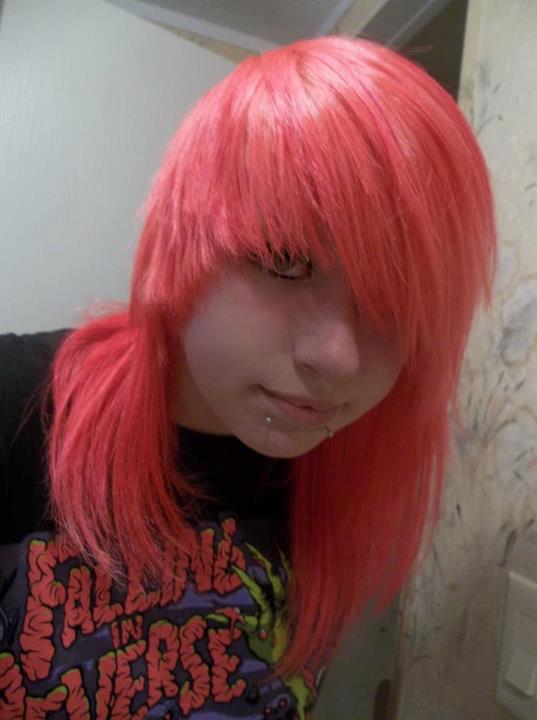

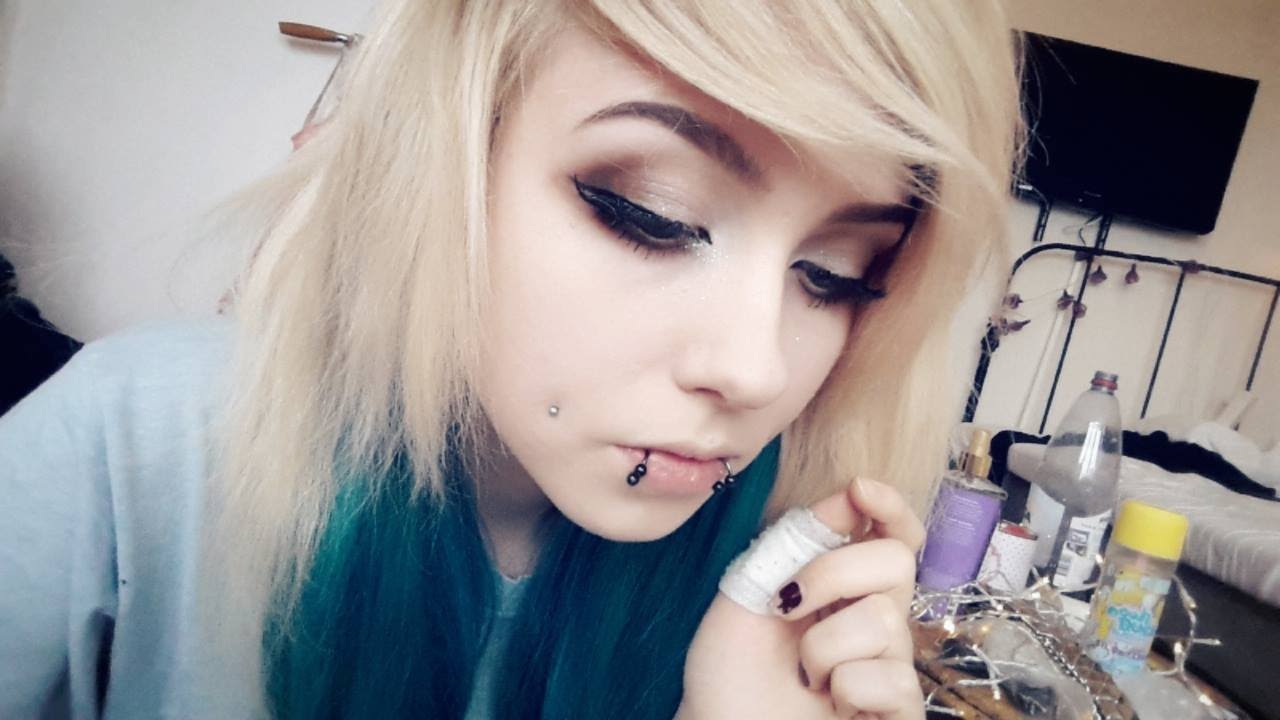
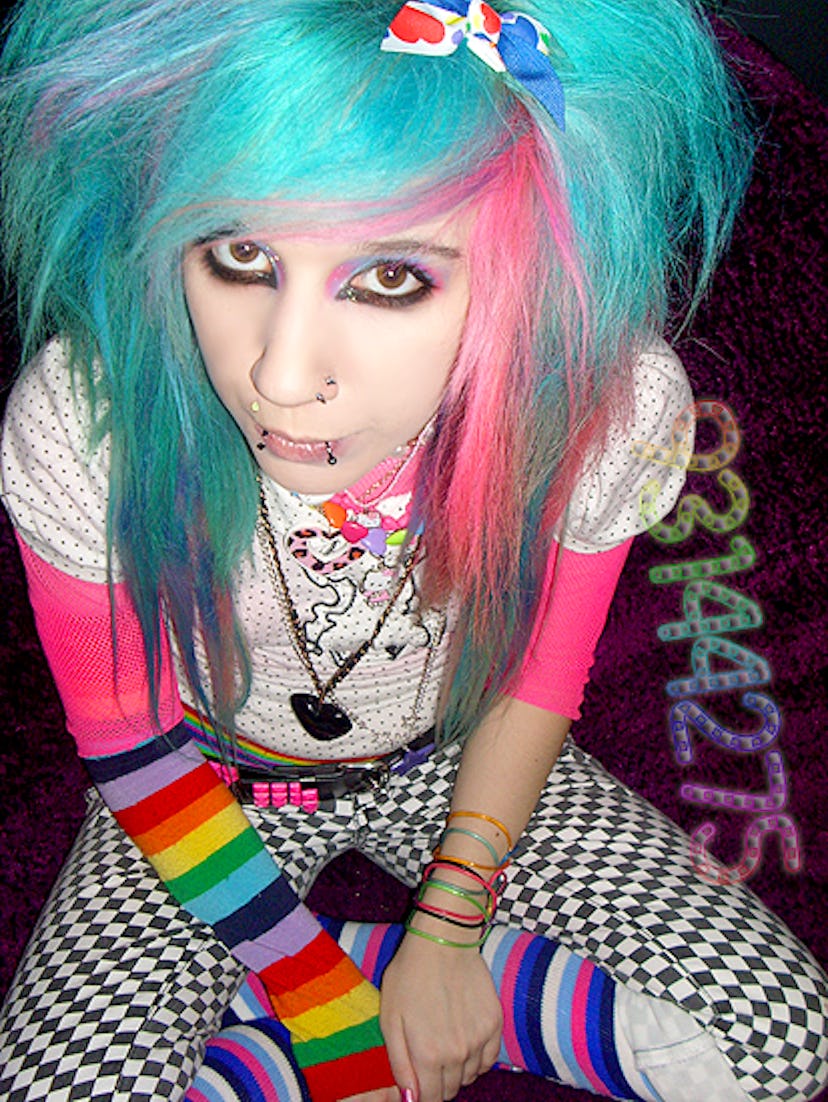





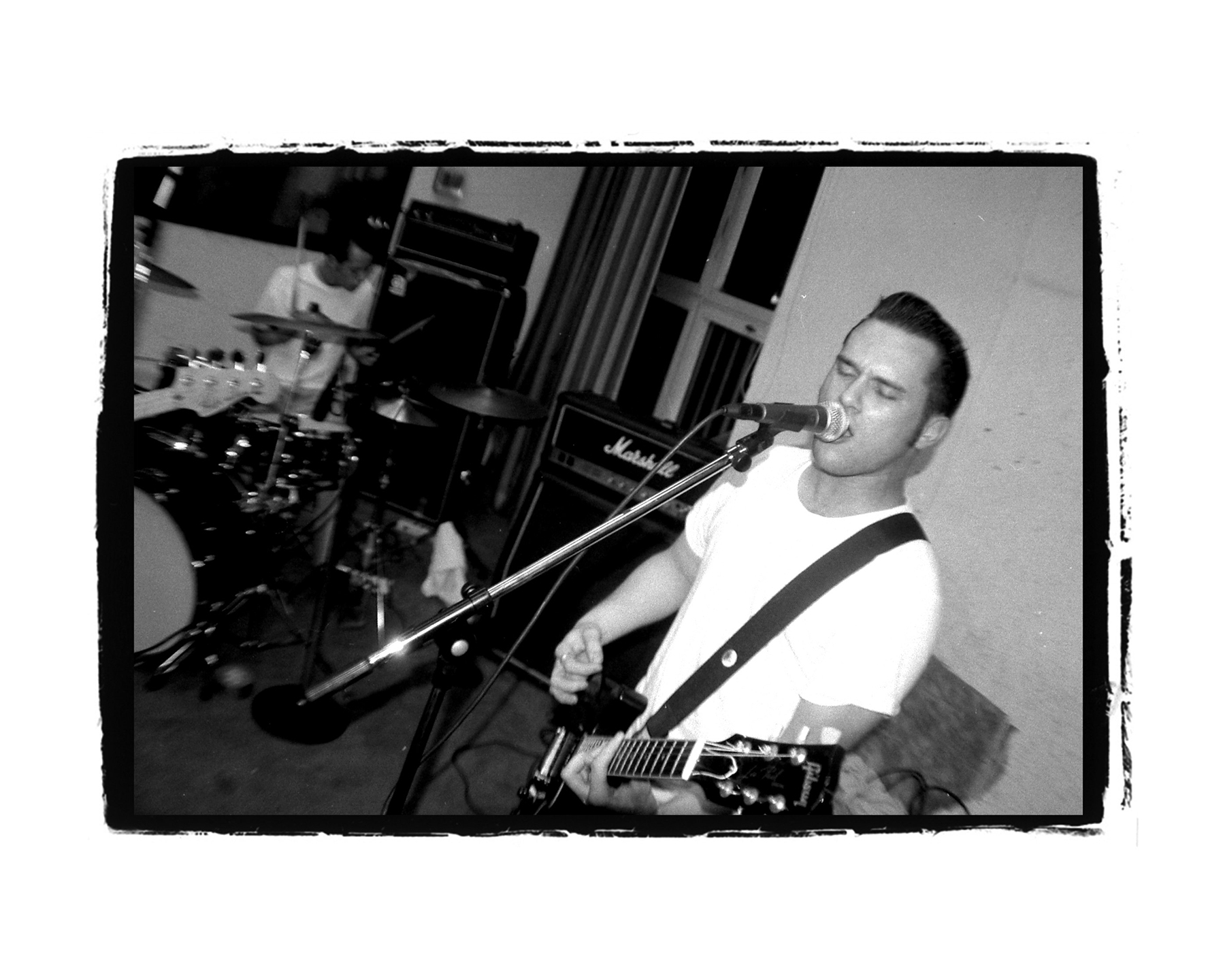






![Emo vs Goth The Main Differences Explained [Alt Guide]](https://cdn.shopify.com/s/files/1/0104/0288/9779/files/emo-style-new_1024x1024.jpg?v=1644262275)
